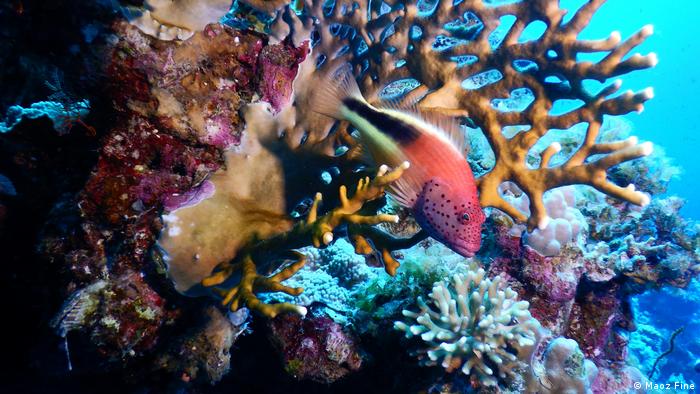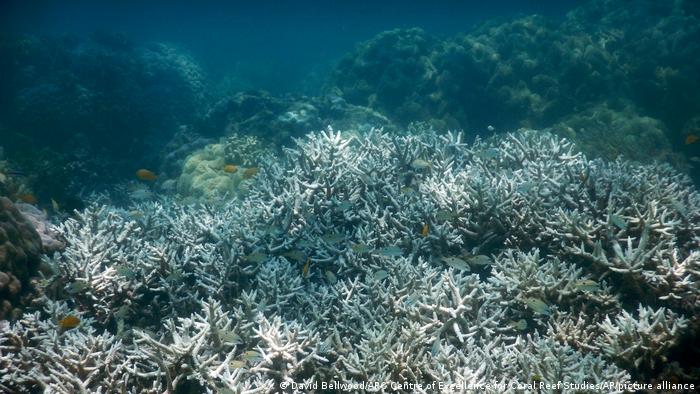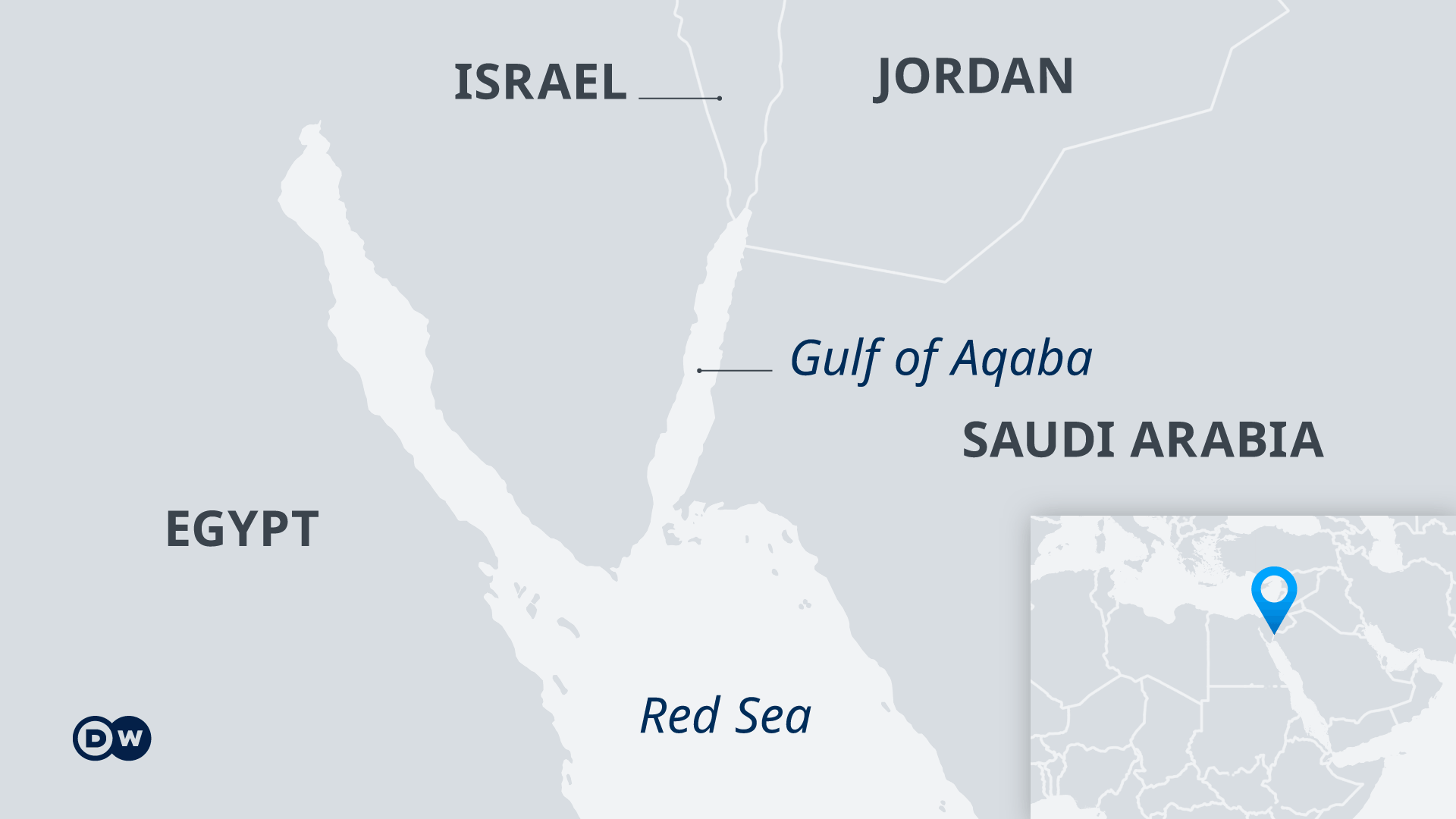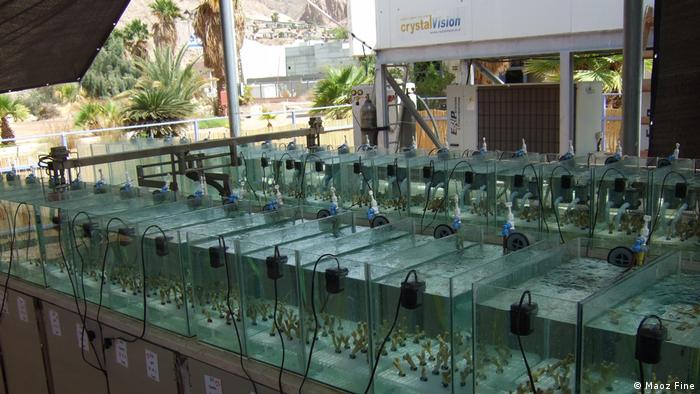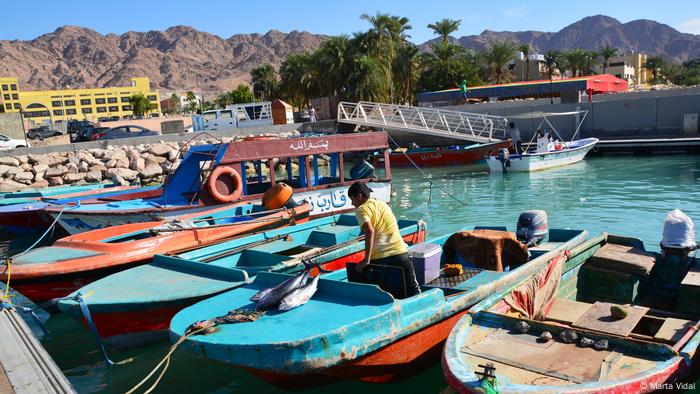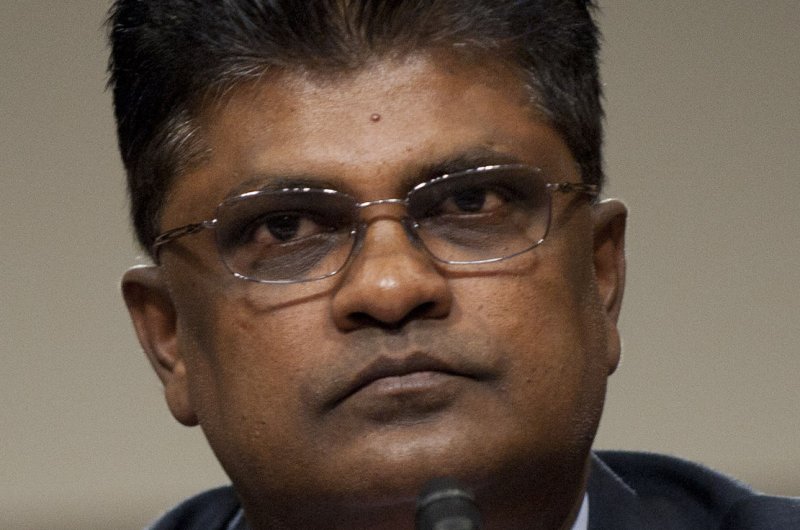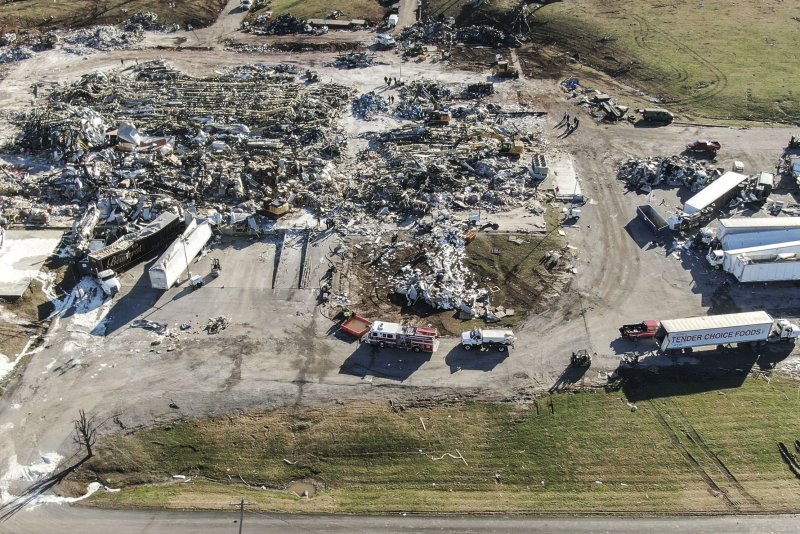All these point to signs that a resolution of south china sea disputes is fraught with difficulties.
January 16, 2022 by Sustainability Times

By Xu Xiaodong
Do a search Google on the South China Sea and likely as not you’ll encounter far more links about South China Sea “disputes” rather than “cooperation.” This shows that for most people disputes are the main features of the South China Sea.
This is not surprising. In recent years, a series of incidents in the South China Sea between China and other nations such as the Philippines and Vietnam have highlighted intensified competition for natural resources, unilateral activities by claimant states and foreign interventions. All these point to signs that a resolution of South China Sea disputes is fraught with difficulties.
Nevertheless, wasting energy on the dispute does not contribute to the sustainable development of the South China Sea. When faced with the reality that the dispute cannot be resolved amicably in the short run, only the rational and ordered development and utilization of the South China Sea’s resources can lead to the adoption of true sustainability.
What is a blue economy?
The blue economy is a sustainable use of ocean resources for economic growth, covering three economic forms: economies coping with global water crisis, innovative development economy and development of marine economy. Although the concept of blue economy was formally introduced during the 2012 United Nations Conference on Sustainable Development (the Rio +20 conference) for the first time, the practice appeared as early as in 1999 in Australia.
By now it has become an intrinsic part of global ocean governance. Statistics show that the worldwide ocean economy is valued at around $1.5 trillion per year, making it the seventh largest economy in the world. It is set to double by 2030 to $3 trillion. The total value of ocean assets (natural capital) has been estimated at $24 trillion. This demonstrates the vast untapped potential for developing blue economy at national, regional, and global levels.
Currently, many states and regions regard developing the blue economy as an importation source of economic growth. For instance, Australia has recognized that ocean-based industrial development and growth is of great potential to the country’s economic and social development.
Models such as this can provide useful examples for nations in the South China Sea region.
The benefits of a blue economy to the South China Sea
Strengthening the cooperation in maritime trade between states that share the South China Sea, especially via the promotion of a blue economy, is not only essential for implementing individual national marine development strategies of regional states, but also propitious for regional economic prosperity.
Politically, successful economic cooperation practices are conducive to accumulating political and cultural mutual trust and consolidating multilateral diplomacy while reaping economic benefits for participating countries, which is fundamental for the long-term resolution of the South China Sea issue.
Economically, it is conducive for littoral states around the South China Sea to make full use of the potential of marine resources (including oil and gas, minerals and fisheries) to obtain economic benefits and achieve a win-win situation for all parties.
China, the dominant force in the region, has a long history of economic and trade exchanges with neighboring states, which can lay a good foundation for the cooperative development of the South China Sea.
Ecologically, the key to the development of the blue economy is that countries should make full use of the ocean while they avoid exploiting aquatic life, polluting marine ecosystems or engaging in other harmful practices. In so soing they must find a compromise between sustainability and economic growth, and ensure that economic growth is maintained without depleting natural resources.
Therefore, promoting blue economic cooperation between the region’s states is an important measure to protect the ecosystem of the South China Sea. If managed sustainable, this can not only create a healthier environment for marine wildife but also bring increased prosperity to people.
Tackling challenges from the exploitative use of the sea
Most economic sectors have been damaged across the region by organized crime, and the blue economy is no different. The consequences of this “shadow blue economy” go far beyond destroying the ocean’s ecosystems while endangering peace and security.
In the South China Sea, various negative factors have hindered pragmatic cooperation between claimant states and three of them are of particular importance.
1) Illegal Fishing:
The involvement of a vessel in an unauthorized location for any reason, or fishing in areas not designated for it, is a maritime offense punishable by law. Not only that, but violations like this will easily lead to major disasters at sea, raising challenges to the development of a blue economy.
Illegal fishing has long been a problem in local fisheries, jeopardizing the growth of the blue economy, national security, food security and human rights. Lured by abundant fishery resources in the South China Sea, states around the region have increased their fishing efforts.
Vietnam’s aquatic products have now become the second largest export commodity after oil while half of the fishery output of the Philippines comes from the South China Sea.
Overfishing by states in the South China Sea has led to a decline in fishery resources. China has implemented a fishing ban since 1999 to protect the sea’s ecosystems and biodiversity, but other states have not adopted similar measures.
In addition, some surveys have shown that illegal and unregulated fishing is mainly practiced in states that show common signs of bad governance, including endemic corruption, ambiguous laws and a lack of will to implement existing legislation.
That is why tackling the scourge of illegal fishing will require an improvement in the ocean-related governance of regional states.
2) Piracy:
Piracy is one of the biggest crimes affecting the blue economy. It is perhaps the most well-known marine crime and a serious threat to maritime stability, causing enormous financial losses and often physical damage.
The South China Sea is located at a key position between the Pacific Ocean and the Indian Ocean, and is an important hub of the international trade network.
However, since the end of the last century, piracy in the South China Sea has been rampant. Pirates have become a serious threat to the development of the blue economy.
According to data from the Regional Cooperation Agreement on Combating Piracy and Armed Robbery against Ships in Asia (ReCAAP), there was a 17% increase in piracy during 2020, with 97 total incidents. ReCAAP also reported that piracy in Asia has increased to its highest level in five years.
To effectively formulate an action plan against piracy, the international community must be able to work together by implementing robust multilateral operations between countries. This is also essential for conducting cooperation in blue economy between regional states.
3) Pollution:
Plastic waste is a major problem worldwide and so it is in the South China Sea. Worse: the problem is on the rise, based on the amount of plastic waste entering our waters each year, which is estimated to be about 12 million tons.
As a sea area of great biodiversity significance, the South China Sea contributes to the development of the global economy with its rich biological resource, oil and gas, and convenient waterways. While the busy maritime trade and the development of large-scale oil and gas resources have brought economic benefits to the regional states, the South China Sea has been under tremendous pollution pressure.
A series of environmental problems, such as coastal erosion, solid waste pollution, sewage discharge, industrial waste, overfishing, destruction of coral reefs and mangroves, have seriously threatened the region’s marine environment.
All of these challenges pose grave threats to the emergence of a sustainable blue economy in the region, but they can also be tackled if nations join forces in mutually beneficial cooperation.
Xu Xiaodong is a postdoctoral researcher at the National Institute for South China Sea Studies in China.
—
This post was previously published on sustainability-times.com under a Creative Commons License.




